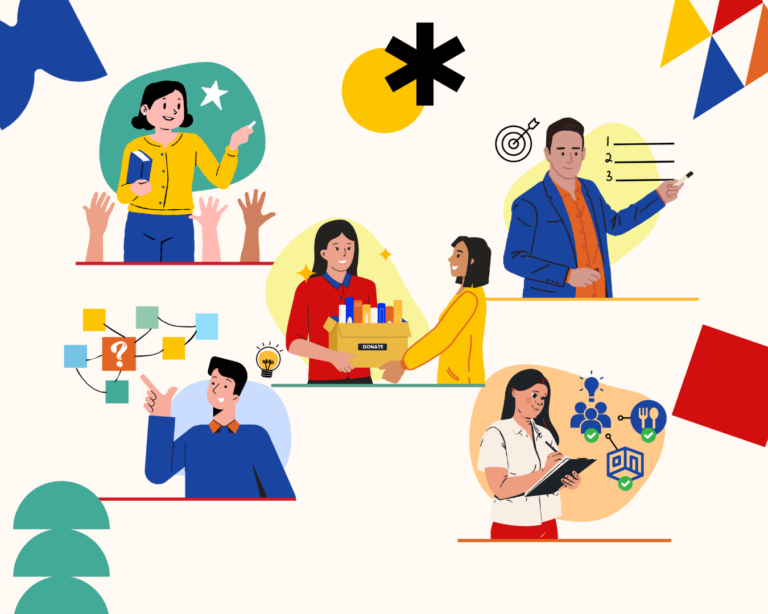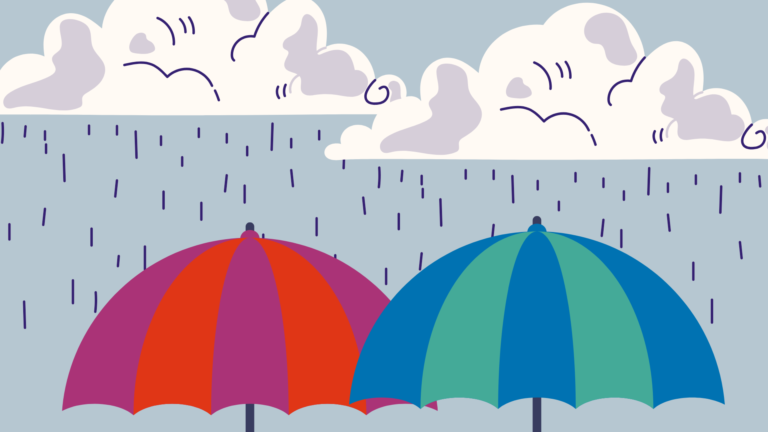As designers, we try to be constantly optimistic. We don’t see problems, we see challenges. We view them as possibilities to build a better world. We reframe, obsessively gathering multiple perspectives to find opportunities. We empathize. Prototype. Fail. Try again. In Habi, we say sige lang nang sige.
But this year was different. The problems that we faced (and are still facing) such as government corruption, fake news, COVID-19, disasters, police impunity, and state brutality, are much much bigger. They are not challenges that can be solved in a design sprint; they are deeply systemic issues that might take more than a week to even unpack. In many moments this year, I found myself feeling crushed. Fearful. Angry even. And just like many, this has paralyzed me for a while. It seemed naive and foolishly positive to approach this with the design-thinking-optimism that we have grown to fully embrace. But maybe not.
“Hope has two beautiful daughters; their names are Anger and Courage. Anger at the way things are, and Courage to see that they do not remain as they are.”
I found strength in these wise words from Augustine of Hippo. From it, I took away a much more powerful idea of hope. One that avoids reducing it as blind faith. Hope as an act of defiance.
In design, we have what we call “gravity problems”, which are the types of problems we need to accept as part of the context. Things we can’t change. Usually this makes the design process more comfortable, as we tend to lean on these limits to make our design scope more manageable. But with hope, we can lean in to the discomfort. Or we have to. We’re already feeling pain anyway, now is not the time for complacency.
Hope calls on us to channel our anger and access our courage. Instead of resting on apathy or being consumed by bitterness and fear, let’s choose to create. Let our rage feed our desire for something better. Together with educators and communities, let’s redefine the stories and structures that are at the root of these issues. Let’s design work that carry visions of a hopeful future—a creative, informed, socially-just, and healthy future. Let’s make hope real.



